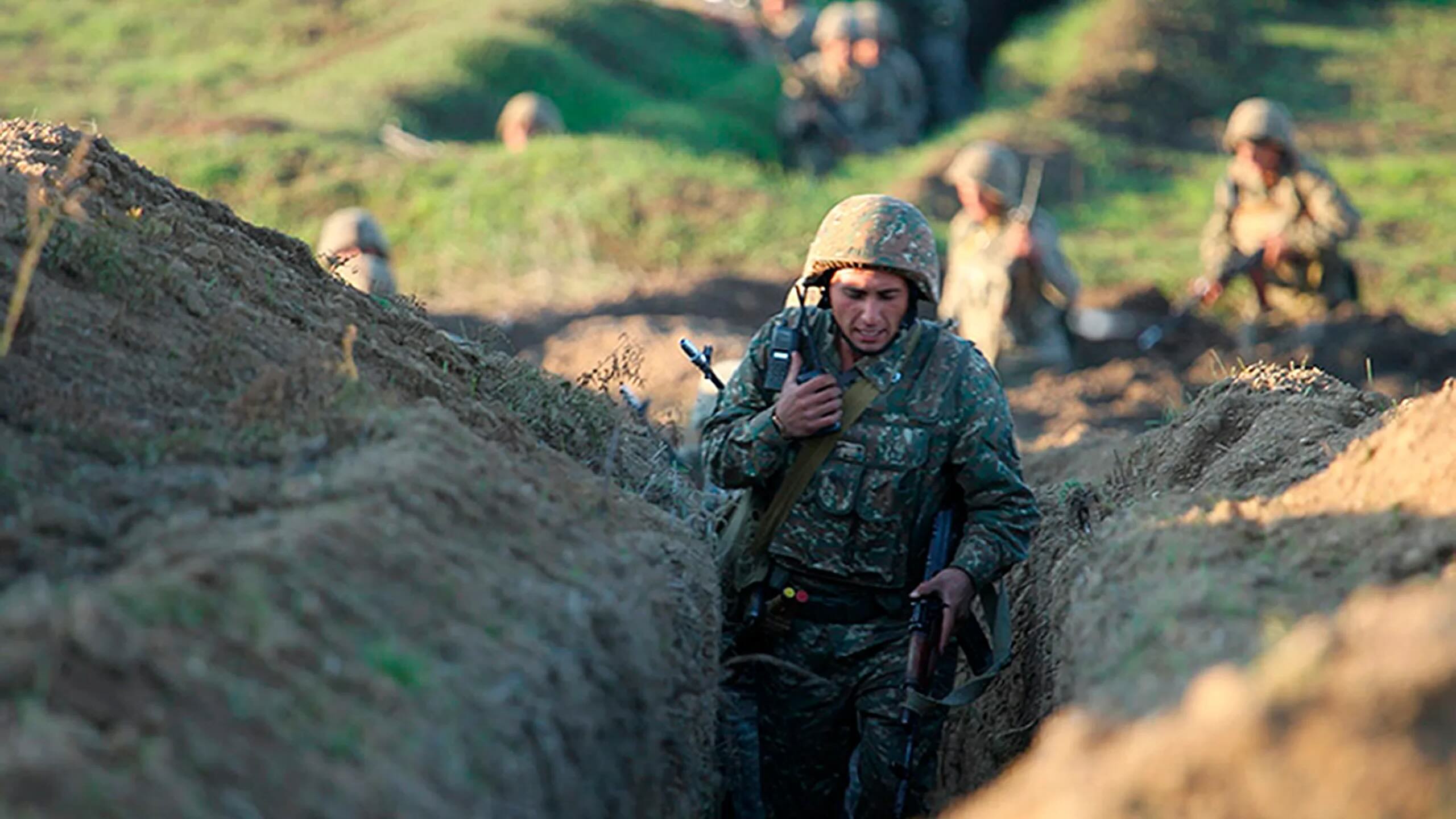
Why has the Armenia-Azerbaijan conflict resumed? The Armenia-Azerbaijan conflict has reignited due to territorial disputes over the Nagorno-Karabakh region. This area, internationally recognized as part of Azerbaijan, has a majority Armenian population. Historical tensions, ethnic differences, and political interests have fueled the conflict. Recent escalations can be traced to military actions and political maneuvers by both nations, each seeking to assert control. Additionally, external influences from neighboring countries and global powers have added complexity. Understanding the deep-rooted causes and current dynamics is essential for grasping why this conflict remains unresolved and continues to flare up periodically.
Historical Background
Understanding the Armenia-Azerbaijan conflict requires a look back at its roots. The tension between these two nations has deep historical and cultural origins.
- The conflict primarily revolves around the Nagorno-Karabakh region, a landlocked area in the South Caucasus.
- Nagorno-Karabakh is internationally recognized as part of Azerbaijan, but it has a majority ethnic Armenian population.
- The dispute dates back to the early 20th century, during the collapse of the Russian Empire.
- In 1923, the Soviet Union established the Nagorno-Karabakh Autonomous Oblast within Azerbaijan, despite its Armenian majority.
The First Nagorno-Karabakh War
The late 20th century saw the first major outbreak of violence between Armenia and Azerbaijan over Nagorno-Karabakh.
- The First Nagorno-Karabakh War lasted from 1988 to 1994.
- It began when the Nagorno-Karabakh region declared its intention to join Armenia, leading to violent clashes.
- The war resulted in approximately 30,000 deaths and displaced over a million people.
- A ceasefire was brokered in 1994, but no permanent peace treaty was signed.
The 2020 Nagorno-Karabakh War
After years of relative calm, hostilities flared up again in 2020, leading to a brief but intense conflict.
- The 2020 Nagorno-Karabakh War began on September 27, 2020.
- It lasted for 44 days, ending with a ceasefire on November 10, 2020.
- Turkey provided significant military support to Azerbaijan during this conflict.
- The war resulted in thousands of casualties on both sides.
- Azerbaijan regained control of several territories it had lost in the 1990s.
International Involvement
The Armenia-Azerbaijan conflict has drawn the attention and involvement of various international actors.
- Russia has historically played a mediator role, brokering ceasefires and peace talks.
- The United States and France are also involved through the OSCE Minsk Group, which aims to find a peaceful resolution.
- Turkey's support for Azerbaijan has added a new dimension to the conflict.
- Iran, sharing borders with both countries, has called for peaceful negotiations.
Humanitarian Impact
The ongoing conflict has had severe humanitarian consequences for the people living in the affected regions.
- Thousands of civilians have been killed or injured in the fighting.
- The conflict has led to significant displacement, with many people forced to flee their homes.
- Landmines and unexploded ordnance pose ongoing risks to civilians.
- Human rights organizations have reported abuses and war crimes committed by both sides.
Current Status
Despite ceasefires and peace talks, the situation remains tense and unresolved.
- Sporadic clashes continue to occur along the Armenia-Azerbaijan border.
- Both nations have fortified their military positions in the region.
- Diplomatic efforts are ongoing, but a lasting peace agreement remains elusive.
- The status of Nagorno-Karabakh remains a contentious issue, with both sides claiming rights to the territory.
Cultural and Social Impact
The conflict has deeply affected the cultural and social fabric of both Armenia and Azerbaijan.
- Propaganda and nationalistic rhetoric have fueled animosity between the two populations.
- Cultural heritage sites in Nagorno-Karabakh have been damaged or destroyed during the fighting.
- The conflict has influenced the arts, with many works reflecting themes of war and loss.
- Efforts at reconciliation and dialogue between ordinary Armenians and Azerbaijanis are ongoing but face significant challenges.
The Bigger Picture
Understanding the Armenia-Azerbaijan conflict helps grasp the complexities of regional politics. This conflict isn't just about borders; it's about history, culture, and identity. Both nations have deep-rooted ties to Nagorno-Karabakh, making compromise tough. The international community often steps in, but lasting peace remains elusive.
Humanitarian issues are significant. Civilians face displacement, loss, and uncertainty. Efforts for peace must prioritize their well-being. Economic impacts also ripple through both countries, affecting growth and stability.
Media coverage can shape perceptions. Staying informed through multiple sources ensures a balanced view. Recognizing the human element behind headlines fosters empathy and understanding.
In essence, the Armenia-Azerbaijan conflict is a reminder of the complexity of global issues. Awareness and education are key to fostering dialogue and, hopefully, peace.
Was this page helpful?
Our commitment to delivering trustworthy and engaging content is at the heart of what we do. Each fact on our site is contributed by real users like you, bringing a wealth of diverse insights and information. To ensure the highest standards of accuracy and reliability, our dedicated editors meticulously review each submission. This process guarantees that the facts we share are not only fascinating but also credible. Trust in our commitment to quality and authenticity as you explore and learn with us.
